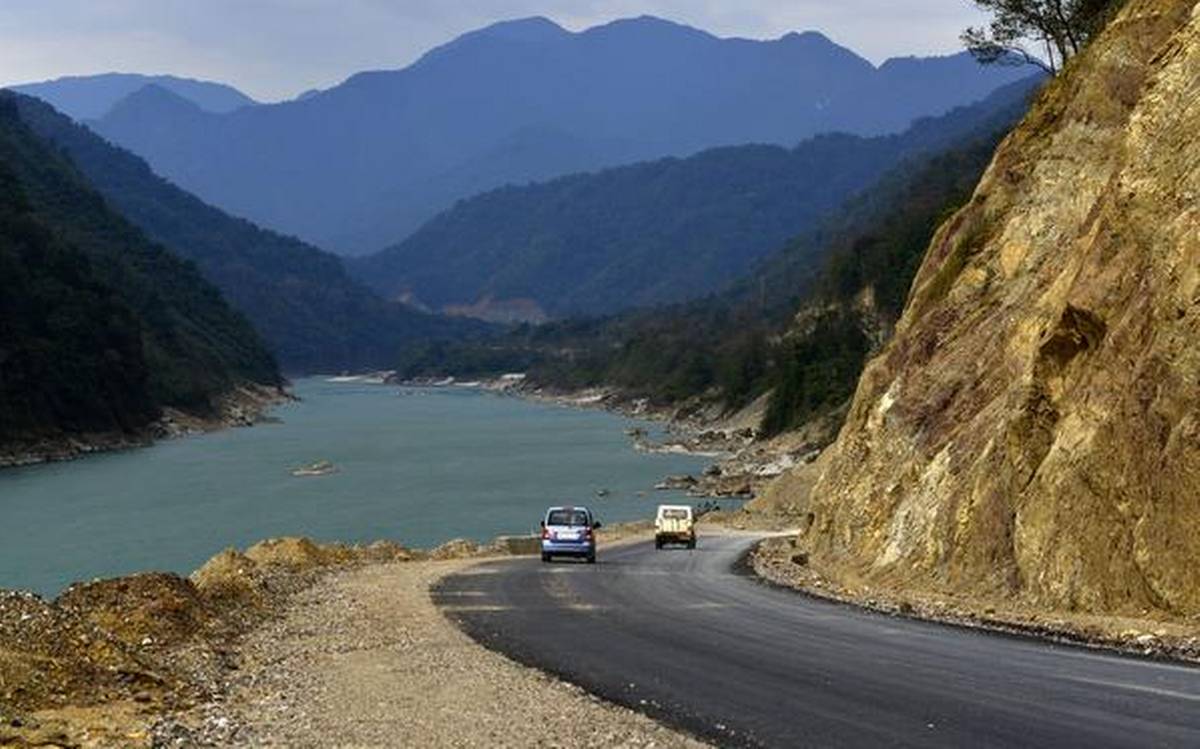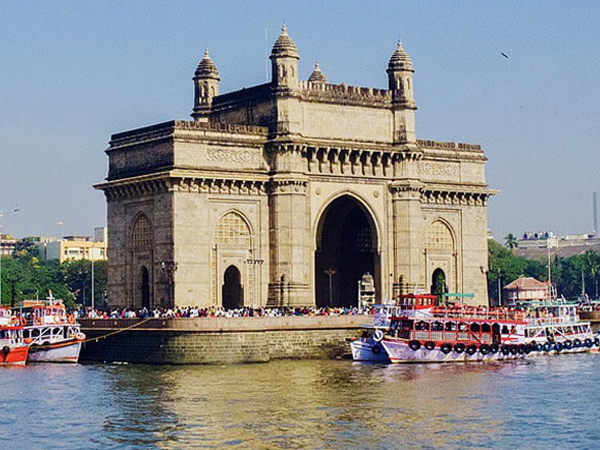A. flood is a consequence of many factors. The vagaries of nature and human avarice are equally responsible for the devastation caused by floods. In theory, flooding occurs when the volume of water within a water body exceeds the carrying capacity of its channel. When the embankment is inundated with this excessive volume of water, it cannot contain the flow and the resultant runoff flows into the surrounding areas. The devastation caused by floods depends on topography and the volume of overflow. The low-lying deltaic region of eastern India and Bangladesh is the most flood-prone areas in the world. India accounts for one-fifth of the global death toll due to floods and on average, about thirty million people are evacuated from the flood plains along the Bay of Bengal every year.

While floods cause immense destruction, they also deposit fertile soil in the lower reaches of the river. The deltas, which form due to the bifurcation of river channels are the most fertile zones of a country and support the densest levels of the population. In India, rivers like the Ganges and the Brahmaputra have the most extensive flood plains.
Migration is very visible in cities like Tezpur, Guwahati, and Jorhat where the movement from rural areas has led to an acute strain on infrastructure.
The Brahmaputra supports a vast ecosystem and the grasslands of Assam are famous for their wildlife, especially the iconic one-horned Rhinoceros that has been adopted as the state symbol. Goalpara and Kaziranga are two of Assam’s most famous wildlife sanctuaries. From Goalpara, the river meanders west towards Dhubri where it enters Bangladesh. This town is famous for its bamboo trade and floating markets. Traders from Meghalaya and Arunachal Pradesh float down the river on bamboo rafts, which they dismantle and sell here. Hundreds of these rafts tied along the river’s edge create beautiful abstract patterns.
The broad river then splits into two channels; the mainstream called the Jamuna in Bangladesh joins the Padma arm of the Ganges. Together, they eventually join the Ganges and Meghna rivers and their numerous distributaries to form the largest and the most fertile delta in the world, before flowing into the Bay of Bengal. The mangrove forests of the Sunderbans are home to a host of endangered species. It is also the last realm of the elusive Bengal Tiger. Rising sea levels due to global warming pose a major threat to the ecosystem of the region and many islands are now partially submerged. The floodplains are extensively cultivated both in India and Bangladesh. Other than agriculture, fishing plays an important role in the economy of both countries.

In the past, the Brahmaputra was largely isolated from pollution, but that is changing today. A growing population and accelerated industrialization have overwhelmed the river, increasing the threat to human health, as well as endangering many other species.




